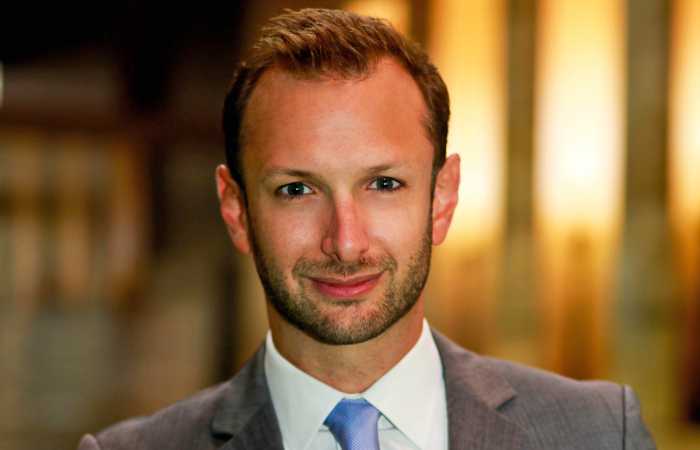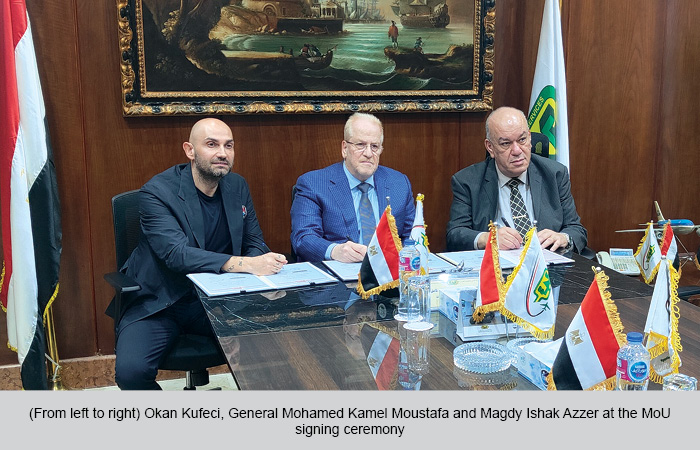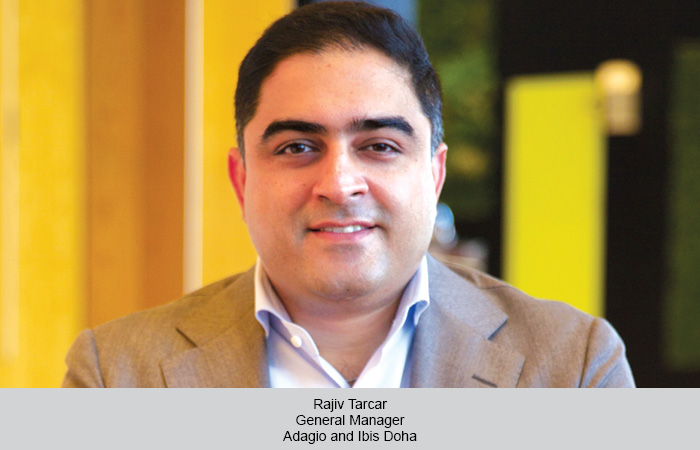Hotel interior design is quintessential to ensure travellers have a unique and memorable experience. Shaza Hotels tries to create such experiences to meet guest expectations.
Christian Nader Vice President Development Middle East & Africa, Kempinski and Shaza Hotels
Interior design can sometimes be mistaken for interior decoration, and this becomes very problematic in hotels where design is directly related to guest experience. Brands like Shaza Hotels, which are heavily design-focused, have a very different approach to cookie-cutter brands or classic brands. Each property is very distinct and the designing of such hotels requires that all stakeholders first understand: whom are we designing for?
Knowing your target market allows you to create experiences where space, form, architecture, and design speak the same language that meet the needs and expectations of guests. Shaza is also very rooted in the cultures of the region, but whilst they all have commonalities, each culture also has its own distinctive elements. Thus, we have to take a deep dive in understanding those differences so as not to fall into clichés. Authenticity is indeed one of our values, and we must represent the culture in its truest and most genuine form. This becomes particularly important to achieve when working with designers who are used to working on classic or westerninspired hotels.
We work closely with them to ensure that our hotels truly reflect the DNA of the brand and the culture of the destination. We are now seeing architects who study the interrelationship between environments and guest behaviour to see how they are impacted by the hotel’s social and cultural requirements, and how to align such requirements with those of the owner and the brand. This is an exciting shift in the industry where offering a clean room and comfortable bed alone don’t do it anymore. Guest experiences are at the core of Shaza’s design philosophy and this is how we conceive all our hotels. A good example is our upcoming resort in Salalah, Oman: Salalah is a destination famous for its Khareef season where GCC families visit to experience the monsoon rainy season in summer. Whilst this market makes up a good portion of guests, our study showed that two other markets can also be tapped into: the honeymoon market, and the MICE market.
How do you design a hotel that appeals to three such distinct markets each with their unique requirements and diverse expectations of experiences? We have worked very closely with the architects and designers to ensure that our resort seamlessly caters to each one of them, and I invite you to visit us there at the end of the year as we gear up for the opening of our first Shaza resort.
 TravTalk Middle East Online Magazine
TravTalk Middle East Online Magazine






